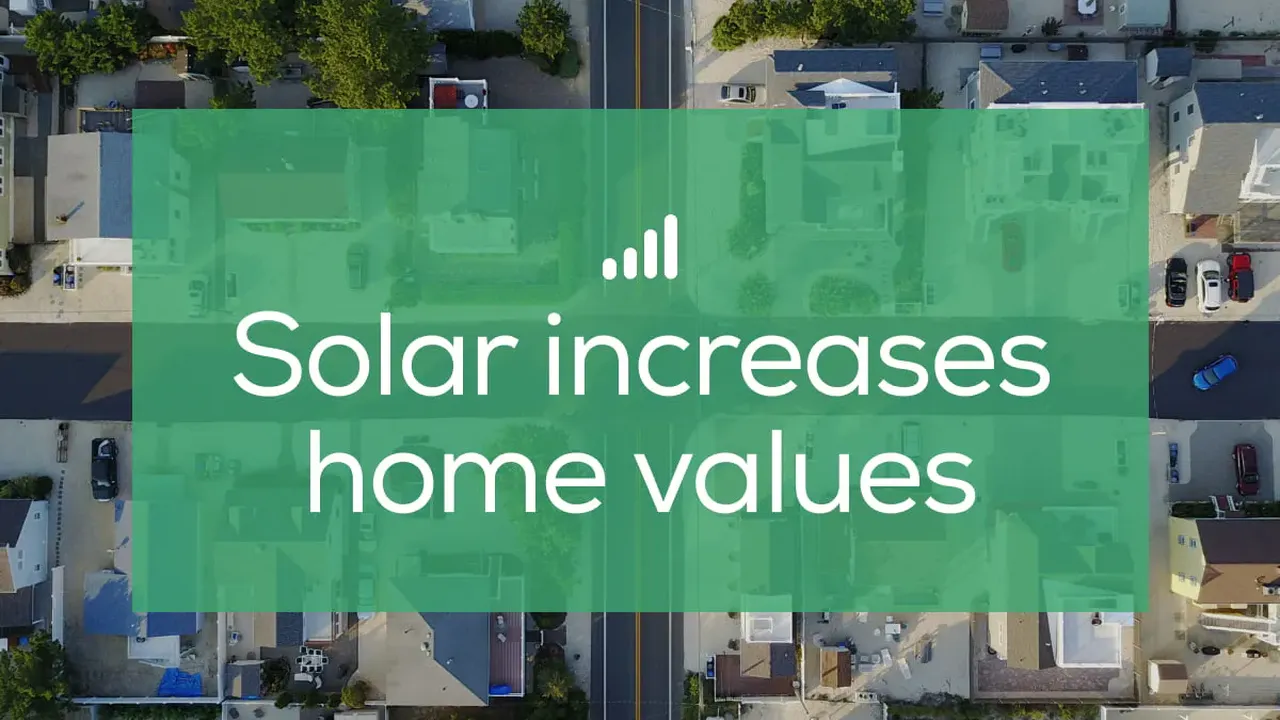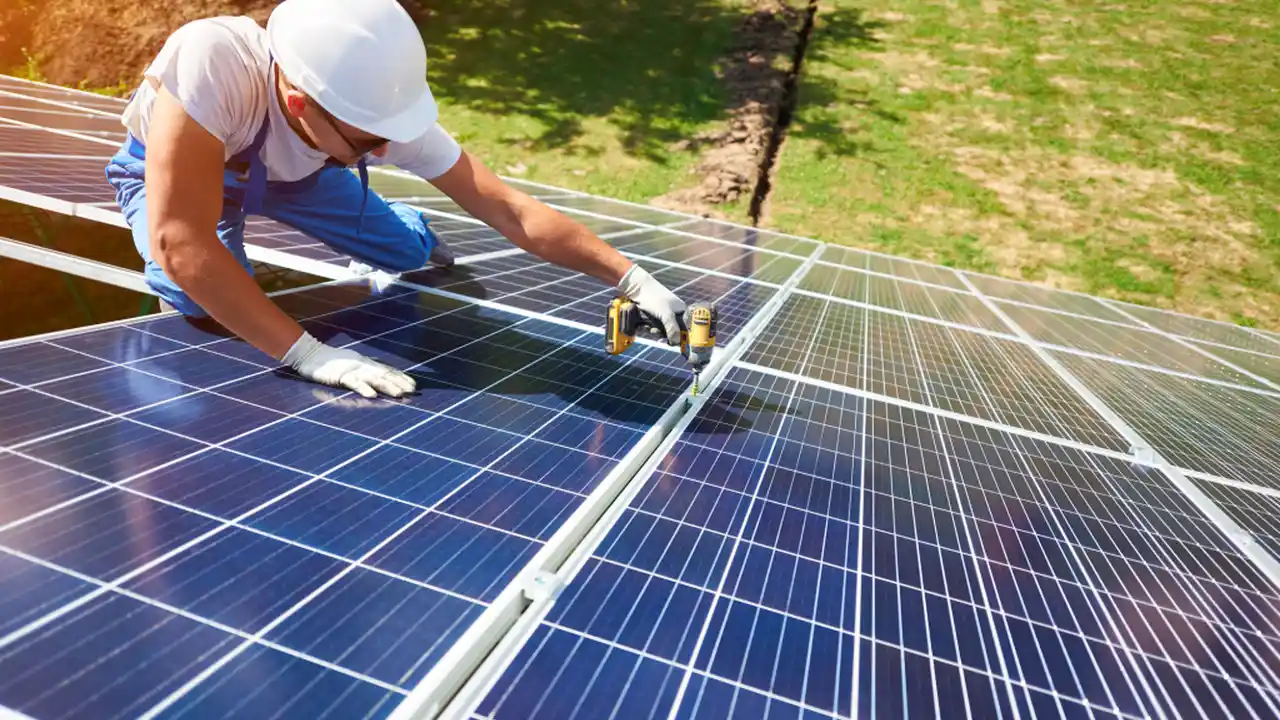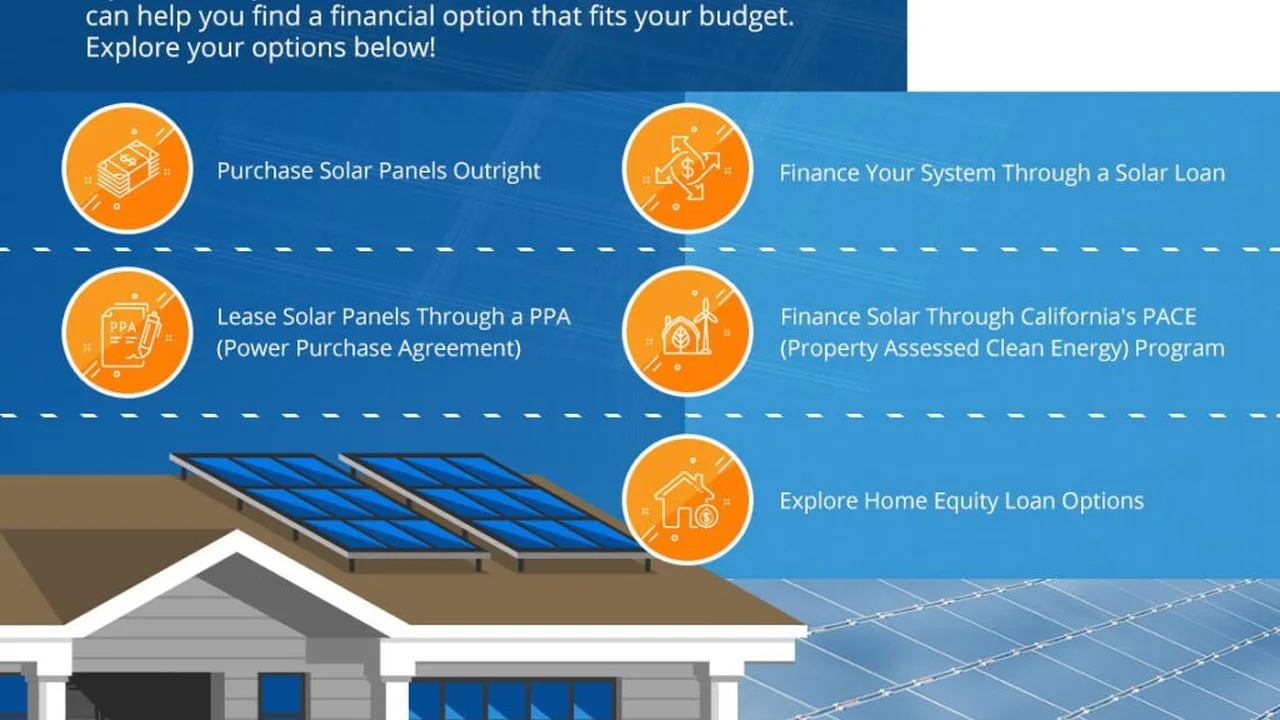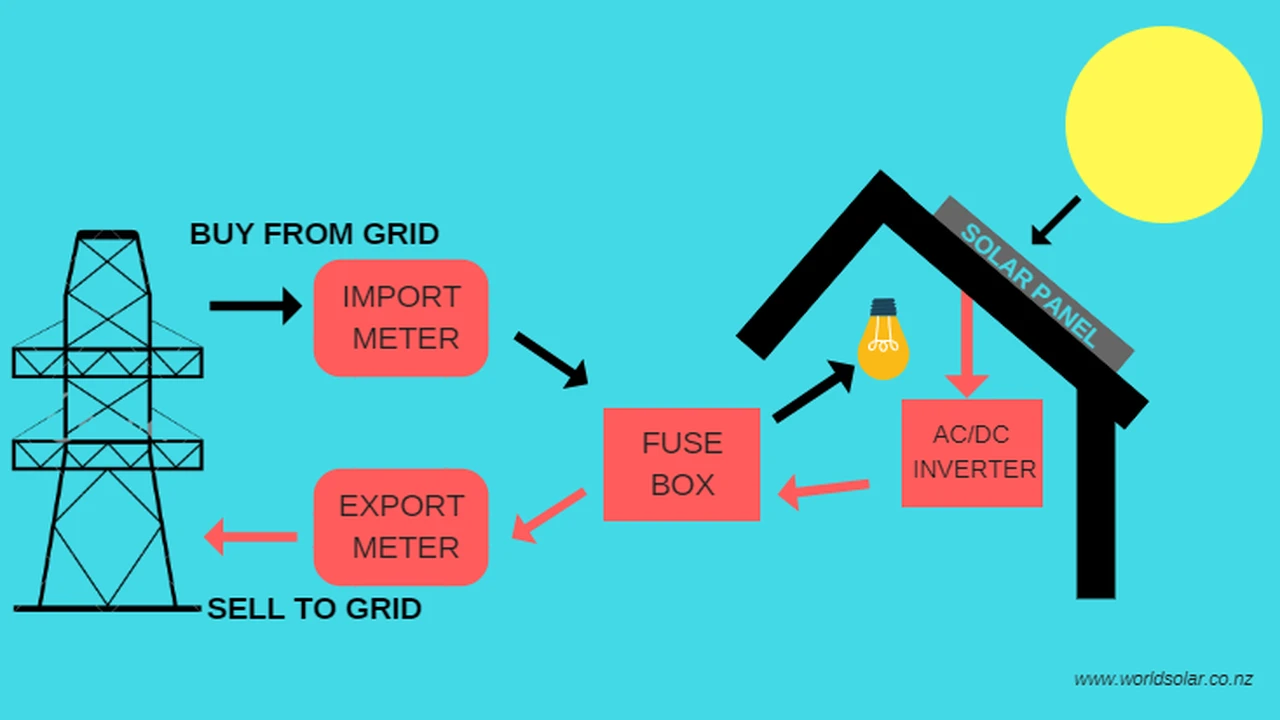Solar Panel Roof Assessment: Ensuring Structural Integrity
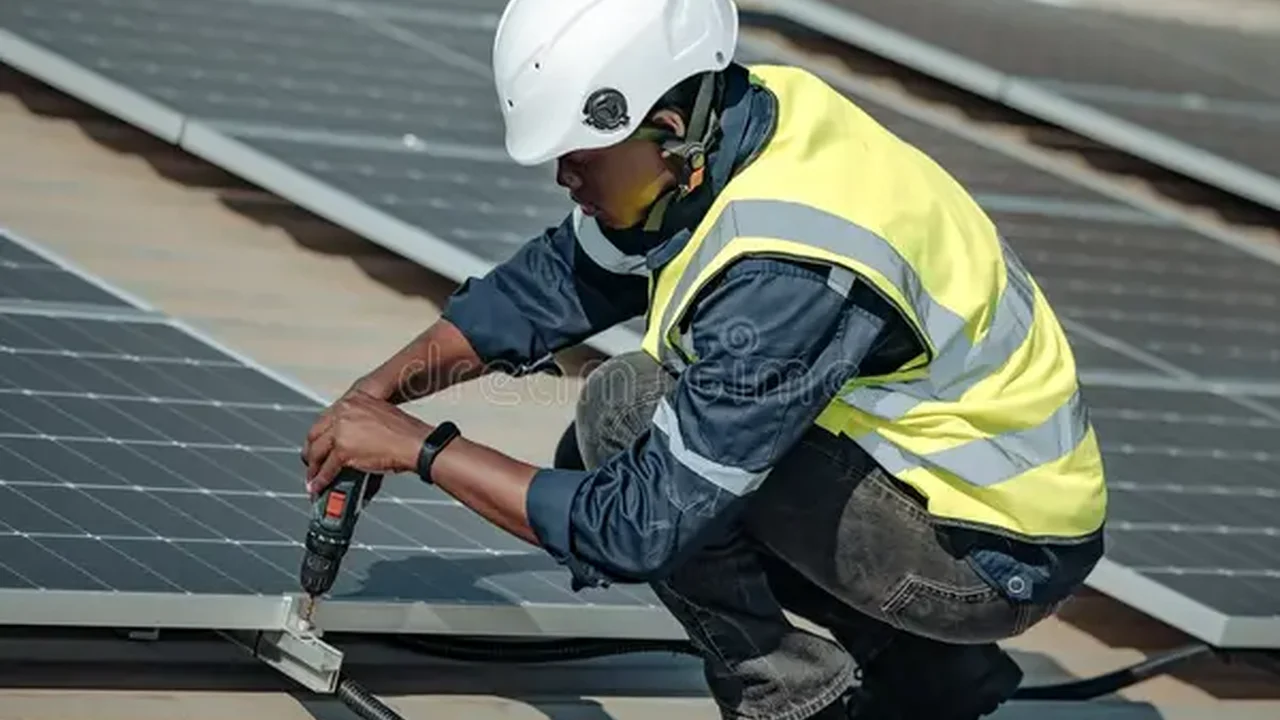
Understanding the Importance of a Solar Panel Roof Assessment
So, you're thinking about going solar? Awesome! But before you jump in and start slapping those shiny solar panels on your roof, let's talk about something super important: a roof assessment. Think of it as a health check for your roof, making sure it's strong enough to handle the extra weight and stress that solar panels bring. You wouldn’t build a house on a shaky foundation, right? Same goes for solar panels.
A proper solar panel roof assessment isn't just a nice-to-have; it's a must-have. It helps identify any existing weaknesses or potential problems that could be exacerbated by the installation. Ignoring this crucial step could lead to serious issues down the line, including roof leaks, structural damage, and even the panels themselves coming loose – yikes!
Key Factors Evaluated During a Solar Panel Roof Assessment
Okay, so what exactly does a roof assessment involve? Well, a qualified professional will look at several key factors, including:
- Roof Age and Condition: How old is your roof? Is it showing signs of wear and tear, like cracked or missing shingles? An older roof might need repairs or even replacement before solar panel installation.
- Roof Structure: What's underneath those shingles? The assessor will check the rafters, trusses, and sheathing to make sure they're strong enough to support the weight of the panels. They'll look for signs of rot, water damage, or insect infestation.
- Roof Pitch and Orientation: The angle of your roof and the direction it faces play a big role in how much sunlight your panels will receive. The assessor will determine if your roof is optimally positioned for solar energy production.
- Roofing Material: Different roofing materials have different lifespans and weight-bearing capabilities. Asphalt shingles, tile, metal – each requires a different approach to solar panel installation.
- Existing Roof Penetrations: Are there any vents, skylights, or chimneys on your roof? These can affect the placement of solar panels and require special attention during installation.
Identifying Potential Structural Issues with Solar Panel Weight
One of the biggest concerns with solar panel installation is the added weight. While solar panels aren't incredibly heavy, they do add a significant load to your roof, especially when combined with snow or wind. A roof assessment will help identify any potential structural weaknesses that could be compromised by this added weight. Common issues include:
- Sagging Rafters: If your rafters are already sagging, adding more weight will only make the problem worse.
- Water Damage: Rotten or water-damaged wood loses its strength and can't adequately support the weight of solar panels.
- Improperly Spaced Rafters: Rafters that are too far apart may not be able to handle the extra load.
The Role of a Qualified Solar Panel Installer in Roof Assessment
While you might be tempted to DIY a roof assessment, it's best left to the professionals. A qualified solar panel installer has the expertise and experience to accurately assess your roof's condition and identify any potential problems. They'll also be familiar with local building codes and regulations, ensuring that your solar panel installation is safe and compliant.
A good installer will:
- Conduct a thorough visual inspection of your roof.
- Use specialized tools to measure roof pitch and structural integrity.
- Provide a detailed report outlining their findings and recommendations.
- Offer solutions to address any identified issues.
Preparing Your Roof for Solar Panel Installation: Necessary Repairs and Reinforcements
If your roof assessment reveals any problems, don't worry! Most issues can be addressed with repairs or reinforcements. Common solutions include:
- Replacing damaged or missing shingles.
- Reinforcing rafters or trusses with additional supports.
- Repairing or replacing water-damaged wood.
- Adding extra layers of sheathing for increased strength.
The specific repairs or reinforcements needed will depend on the nature and severity of the issues identified during the assessment. Your solar panel installer will work with you to develop a plan that addresses your specific needs and budget.
Solar Panel Mounting Systems and Their Impact on Roof Load Distribution
The type of mounting system used to install your solar panels can also affect the load distribution on your roof. Some mounting systems distribute the weight more evenly than others, reducing the stress on individual rafters or trusses. Here are a few common types:
- Railed Systems: These are the most common type of mounting system. They use rails that are attached to the roof rafters, providing a stable and secure platform for the solar panels.
- Rail-less Systems: These systems attach the solar panels directly to the roof, eliminating the need for rails. They can be a good option for roofs with limited space or unusual shapes.
- Ballasted Systems: These systems are typically used on flat roofs. They use weights to hold the solar panels in place, without requiring any roof penetrations.
Your solar panel installer will help you choose the right mounting system for your roof, taking into account factors like roof type, pitch, and wind conditions.
Specific Solar Panel Products and Their Suitability Based on Roof Type and Load Capacity
Alright, let's get down to some specific product recommendations! Keep in mind, this is just a starting point, and your installer will have the best recommendations based on your specific situation. Also, prices can vary wildly depending on location, installer, and any current rebates or tax credits.
High-Efficiency Panels for Limited Roof Space
If you have a smaller roof or want to maximize energy production, you'll want to look at high-efficiency panels. These panels pack more power into a smaller footprint.
SunPower Maxeon Series
These are often considered the gold standard. They're incredibly efficient, durable, and come with a fantastic warranty. They're also among the most expensive. Expect to pay around $3.00 - $4.00 per watt installed. Ideal for: Smaller roofs, homeowners who want the best performance and are willing to pay a premium. Usage Scenario: Urban homes with limited roof space where maximizing energy generation is crucial.
LG NeON Series
LG panels are known for their high efficiency and sleek design. They are also very durable and come with a good warranty. LG has since exited the solar panel business, but these panels are still available through distributors. Expect to pay around $2.75 - $3.50 per watt installed. Ideal for: Homeowners looking for a balance between performance and aesthetics. Usage Scenario: Modern homes with good sun exposure where visual appeal is a factor.
Cost-Effective Panels for Larger Roofs
If you have a larger roof, you might be able to save money by using more cost-effective panels. While they might not be as efficient as high-end panels, they can still provide significant energy savings.
Q CELLS Q.PEAK DUO Series
Q CELLS are a popular choice for their good balance of performance and price. They offer a decent efficiency rating and a solid warranty. Expect to pay around $2.25 - $3.00 per watt installed. Ideal for: Homeowners looking for a good value without sacrificing too much performance. Usage Scenario: Suburban homes with ample roof space and good sun exposure.
REC Group Alpha Series
REC panels are known for their reliability and performance. They offer a decent efficiency rating and a good warranty. Expect to pay around $2.50 - $3.25 per watt installed. Ideal for: Homeowners who prioritize reliability and performance. Usage Scenario: Homes in areas with harsh weather conditions.
Thin-Film Panels for Lightweight Roofs
If your roof has limited weight-bearing capacity, you might want to consider thin-film panels. These panels are much lighter than traditional silicon panels, making them a good option for weaker roofs. However, they are typically less efficient.
First Solar Series 6
First Solar panels are a common choice for large-scale solar farms. They are less efficient than typical silicon panels but are lightweight and can be a good option for roofs with structural limitations. Expect to pay around $1.75 - $2.50 per watt installed. Ideal for: Roofs with limited weight-bearing capacity, large-scale installations. Usage Scenario: Commercial buildings or homes with structurally weak roofs.
Solar Shingles: An Integrated Roofing Solution
If you're replacing your roof anyway, or really value aesthetics, consider solar shingles. These integrate directly into your roof, replacing traditional shingles.
Tesla Solar Roof
Tesla's Solar Roof is a visually stunning option that integrates solar panels directly into the roofing material. It's a premium product with a premium price tag. Expect to pay significantly more than traditional solar panels, potentially $3.50 - $5.00+ per watt installed, but remember you're also getting a new roof. Ideal for: Homeowners who are replacing their roof and prioritize aesthetics. Usage Scenario: High-end homes where visual appeal is paramount.
Comparing Different Solar Panel Products
Let's break down a quick comparison table:
| Panel Type | Efficiency | Weight | Cost (per watt) | Best For |
|---|---|---|---|---|
| SunPower Maxeon | 22.8% | 42 lbs | $3.00 - $4.00 | Small roofs, high performance |
| Q CELLS Q.PEAK DUO | 20.6% | 46 lbs | $2.25 - $3.00 | Good value, ample space |
| First Solar Series 6 | 18.2% | 27 lbs | $1.75 - $2.50 | Lightweight roofs |
| Tesla Solar Roof | Varies | Varies | $3.50 - $5.00+ | New roof replacement, aesthetics |
The Long-Term Benefits of a Thorough Solar Panel Roof Assessment
Investing in a thorough roof assessment upfront can save you a lot of headaches and money in the long run. By identifying and addressing any potential problems before installation, you can ensure that your solar panels are installed safely and securely, and that your roof is protected from damage. Plus, a structurally sound roof will help maximize the lifespan of your solar panels, ensuring that you get the most out of your investment.
:max_bytes(150000):strip_icc()/277019-baked-pork-chops-with-cream-of-mushroom-soup-DDMFS-beauty-4x3-BG-7505-5762b731cf30447d9cbbbbbf387beafa.jpg)



